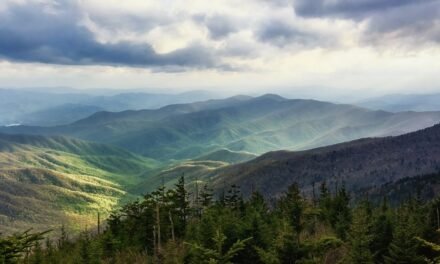The Great Smoky Mountains National Park is a beautiful and diverse landscape that offers something for everyone throughout the year. With its stunning vistas, diverse flora and fauna, and rich cultural history, this park attracts millions of visitors annually. As you plan your visit, it’s essential to know what kind of weather to expect in each season, as conditions in the park can vary greatly. This visitor’s guide will cover each season in detail, including closures, activities, camping, and other relevant information.
Spring
Weather Overview
Spring in the Great Smoky Mountains National Park is a time of renewal and breathtaking beauty. The season usually begins in late March and lasts through May, with daytime temperatures ranging from 60°F to 70°F (15°C to 21°C) in the lower elevations. Nighttime temperatures can dip into the 30s and 40s (1°C to 9°C). Higher elevations experience cooler temperatures and greater rainfall. Rain is common throughout the season, with April and May being the wettest months, so be prepared with rain gear.
Closures
Most facilities and roads in the park are open during the spring, but some secondary roads and campgrounds may remain closed until mid-April or early May due to lingering snow or ice. Be sure to check the National Park Service website for the most up-to-date information on closures.
Activities
Spring is the perfect time to witness the park’s abundant wildflowers. Over 1,500 species bloom during this time, creating a spectacular display of color. Hiking, birdwatching, and photography are popular activities as nature comes to life. With the snow melting, waterfalls are at their most impressive, making spring an ideal time to visit popular sites like Abrams Falls, Grotto Falls, and Laurel Falls.
Camping
Camping during the spring offers a unique experience, with cooler temperatures and fewer crowds than during the summer months. However, it is essential to be prepared for wet weather and potentially cold nights. Campgrounds begin to open in March, but some higher elevation sites may not be available until later in the season.
Summer
Weather Overview
Summer in the Great Smoky Mountains National Park is warm and lush, with temperatures from June through August ranging from the upper 70s to low 90s (24°C to 33°C) in the lower elevations. Higher elevations remain cooler, with daytime highs in the 60s and 70s (16°C to 24°C). Summer thunderstorms are common, particularly in the afternoons, so it’s a good idea to pack rain gear.
Closures
All facilities, roads, and campgrounds are typically open during the summer months, with no major closures due to weather.
Activities
Summer is the busiest season for the park, offering a wide range of activities such as hiking, fishing, wildlife viewing, and horseback riding. With over 800 miles of trails, there are plenty of opportunities to explore the park’s diverse ecosystems. Tubing down the rivers is a popular way to cool off on hot days. Additionally, ranger-led programs are available throughout the summer, offering educational and entertaining experiences for visitors of all ages.
Camping
Summer is the peak camping season in the Great Smoky Mountains National Park. All campgrounds are open, but reservations are recommended, especially during weekends and holidays. While the warm weather is perfect for camping, be prepared for occasional rainstorms and higher humidity levels. It’s also important to be aware of insects and practice proper food storage to avoid attracting bears to your campsite.
Fall
Weather Overview
Fall in the Great Smoky Mountains National Park is renowned for its stunning display of vibrant colors. The season typically begins in late September and lasts through November. Daytime temperatures range from the 60s to 70s (16°C to 24°C) in the lower elevations, while nighttime temperatures can drop to the 30s and 40s (1°C to 9°C). Higher elevations will be cooler and can experience early snowfall towards the end of the season. Fall is generally a drier season, but rain is still possible, so pack accordingly.
Closures
Most facilities and roads remain open during the fall, but some campgrounds and picnic areas may close for the season starting in November. Be sure to check the National Park Service website for updated information on closures before your visit.
Activities
Autumn is an ideal time for hiking and photography as the park’s foliage transforms into vibrant shades of red, orange, and yellow. The peak color season varies depending on elevation, with higher elevations reaching peak colors in early October, and lower elevations peaking in late October to early November. Wildlife viewing is also excellent during the fall, as animals prepare for the winter months. You may spot elk, deer, and bears foraging for food. Fall fishing is another popular activity, as trout and other fish species are more active in the cooler water temperatures.
Camping
Camping during the fall offers a unique experience with crisp air, fewer crowds, and spectacular foliage. Most campgrounds remain open through October, but some higher elevation sites may close earlier in the season due to colder temperatures. It’s important to pack warm clothing and be prepared for cooler nights.
Winter
Weather Overview
Winter in the Great Smoky Mountains National Park is a time of quiet beauty and solitude. The season generally lasts from December through February, with temperatures in the lower elevations ranging from the 40s to 50s (5°C to 10°C) during the day and dropping below freezing at night. Higher elevations experience colder temperatures and more significant snowfall, with some areas receiving over 100 inches (250 cm) of snow annually.
Closures
Many facilities, roads, and campgrounds close during the winter months due to snow and ice. Some popular roads, such as Clingmans Dome Road and Roaring Fork Motor Nature Trail, are closed for the season. Always check the National Park Service website for current information on closures and weather conditions before your visit.
Activities
Winter offers a peaceful and serene experience for those who venture into the park. Snow-covered trails provide excellent opportunities for snowshoeing and cross-country skiing. Wildlife viewing is also possible during the winter, as some animals, like deer and elk, can be easier to spot against the snow. Please note that some trails may be inaccessible due to snow or ice, so it’s essential to check trail conditions before embarking on a hike.
Camping
Winter camping in the Great Smoky Mountains National Park can be a challenging yet rewarding experience. Only a few campgrounds remain open during the winter months, and they operate on a first-come, first-served basis.
Be prepared for cold temperatures, snow, and potentially icy conditions. Proper gear, such as a four-season tent, a high-quality sleeping bag, and warm clothing, is essential for a safe and enjoyable winter camping experience. It’s also crucial to familiarize yourself with winter camping safety tips and practice responsible food storage to avoid attracting wildlife to your campsite.
Conclusion
The Great Smoky Mountains National Park offers a unique and memorable experience in every season. By understanding the park’s weather patterns, closures, activities, and camping options, you can make the most of your visit to this magnificent natural wonder. No matter when you choose to explore the park, you’ll be rewarded with breathtaking scenery, diverse flora and fauna, and a wealth of outdoor activities to enjoy.


